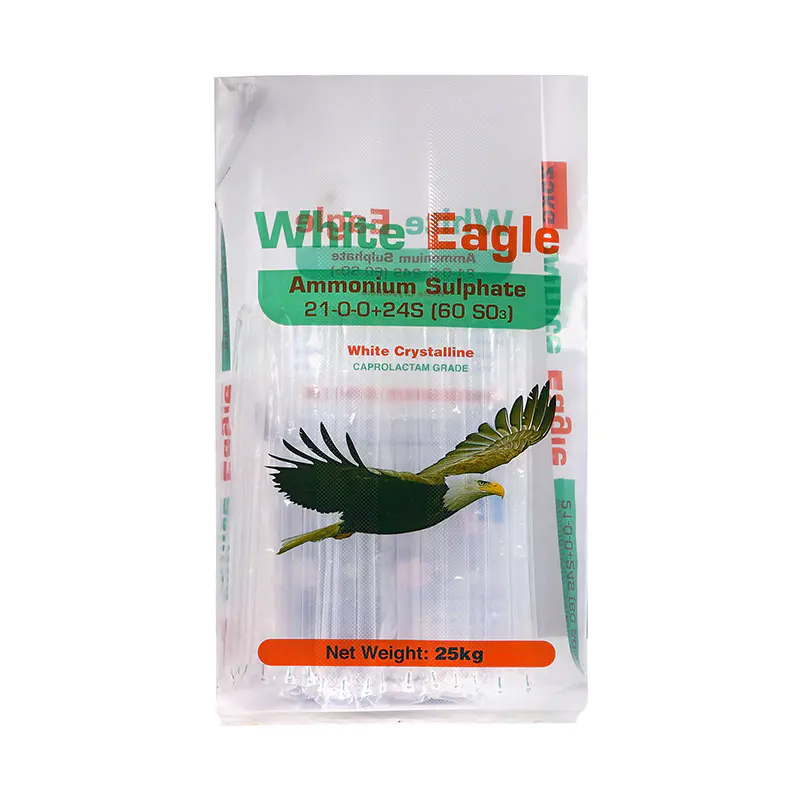Email us now!
In recent years, the packaging industry has seen a marked shift toward more efficient and sustainable production processes. One segment witnessing notable change is the manufacturing of Woven Polypropylene Bags. These bags, known for their strength and flexibility, are used widely across agriculture, construction, retail, and food sectors. As demand increases, producers are turning to advanced technologies to streamline operations, reduce waste, and improve consistency across batches.

One of the lots of significant developments involves automated weaving systems that reduce manual intervention. Traditionally, creating Woven Polypropylene Bags required considerable labor, but modern looms now operate with precision control systems. These machines allow for faster output while maintaining consistent tensile strength and material distribution. Automation also less human error, which helps reduce product variability and increases overall reliability in performance.
Alongside weaving advancements, printing technologies have also evolved. The demand for printed plastic packaging bags has grown substantially, driven by the need for branding, product information, and traceability. Today’s digital and flexographic printing machines offer efficient ink application and support a range of substrates, including laminated surfaces. These machines are capable of producing high-resolution prints at greater speeds while also reducing ink waste through improved registration systems. The result is more uniform graphics and sharper detail, making printed plastic packaging bags both functional and visually appealing.
Environmental considerations are also shaping innovation. Many manufacturers are investing in equipment that supports the use of recycled materials and reduces energy consumption during production. For instance, new extruders designed for polypropylene tapes offer improved energy efficiency by optimizing heat distribution. This not only cuts down operational costs but also contributes to a smaller carbon footprint—an increasingly important factor in packaging decisions. The implementation of closed-loop systems has also made it easier to repurpose scrap materials, ensuring that production waste is kept to a less.
Digital monitoring systems have added another layer of efficiency to the manufacturing process. These systems collect data in real-time, tracking variables such as material thickness, tension, humidity, and temperature. By analyzing this data, manufacturers can make quick adjustments, resulting in better control over quality standards. For the production of both Woven Polypropylene Bags and printed plastic packaging bags, this kind of monitoring is crucial in maintaining uniformity, especially when scaling up for large-volume orders.
Inventory and logistics management have also benefited from technological updates. With the integration of ERP (Enterprise Resource Planning) software, companies can better track the flow of raw materials, finished products, and customer orders. Such systems provide insight into production schedules and enable more responsive planning. When combined with advanced barcoding or RFID tagging systems used in printed plastic packaging bags, tracking becomes more streamlined from factory to end user.
Moreover, customization capabilities have expanded. Flexible manufacturing systems now allow for a variety of bag sizes, closures, and structural reinforcements to be produced without significant downtime. Whether the goal is to create large capacity Woven Polypropylene Bags for bulk goods or compact printed plastic packaging bags for retail shelves, these innovations enable manufacturers to adjust specifications on demand without extensive reconfiguration.
The packaging industry is experiencing a technological evolution that is redefining how Woven Polypropylene Bags and printed plastic packaging bags are produced. By embracing automated machinery, energy-saving processes, digital monitoring tools, and integrated logistics platforms, producers are not only improving efficiency but also enhancing product quality and adaptability. As technology continues to advance, it is expected that these innovations will become standard practice, supporting more sustainable and cost-effective packaging solutions across various industries.

 English
English русский
русский Español
Español عربى
عربى Türk
Türk







